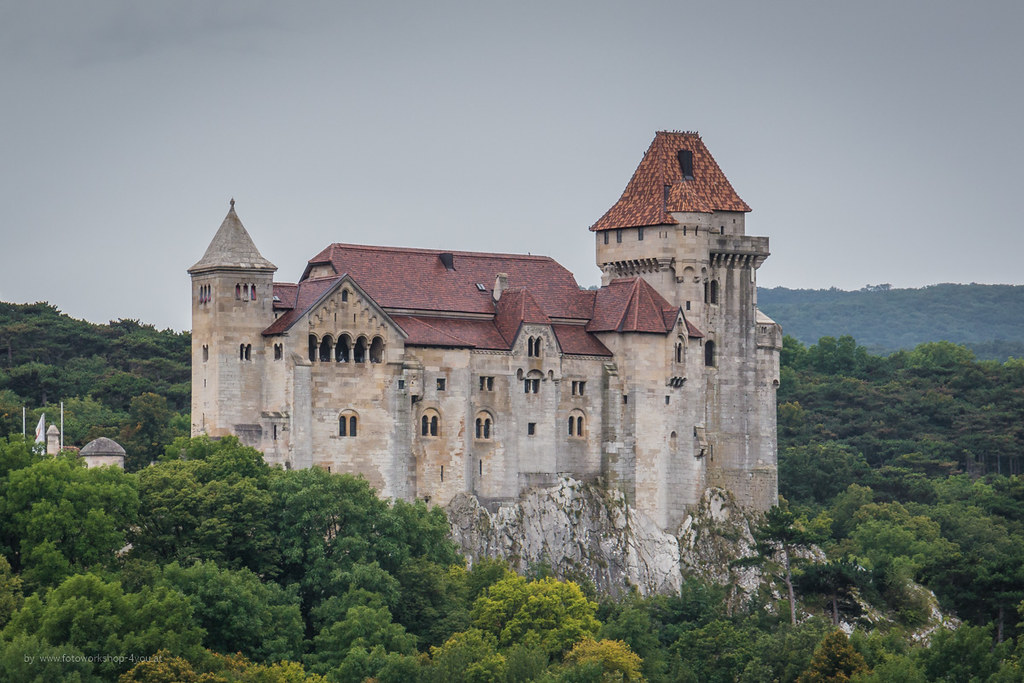Most beautiful medieval castles in Austria
Austria has hundreds of imposing castles, many of them built to an impregnable hilltops. Here is the list of some historic gems, still breathing the power of medieval land lord families.
Hohensalzburg Castle

Hohenwerfen Castle

Kufstein Fortress

Hochosterwitz Castle

Riegersburg Castle

Aggstein Castle

Rosenburg Castle

Forchtenstein Castle

Mauterndorf Castle

Landskron Castle

Liechtenstein Castle

Liechtenstein Castle is a castle near Maria Enzersdorf in Lower Austria bordering Vienna. The castle, originally built during the 12th century, was destroyed by the Ottomans in 1529 and 1683, and remained in ruins until 1884, when it was rebuilt.
Liechtenstein Castle is the origin of the name of the Liechtenstein family, the ruling house of the country of the same name, which owned the castle from at least 1140 until the 13th century and again from 1807 onwards.
Today, the castle is mainly known for the Nestroy Theatre Festival held annually during the summer months.
Seebenstein Castle

Seebenstein Castle, just south of Vienna, was built between 1180 and 1230. At one time, it was owned by the Princes of Lichtenstein; today it is privately owned and lived in by a family that opens it to the public on weekends. Filled with antique furnishings, the stone castle has some beautiful stained glass windows as well as a collection of children’s armor.
Clam Castle

Moosham Castle
